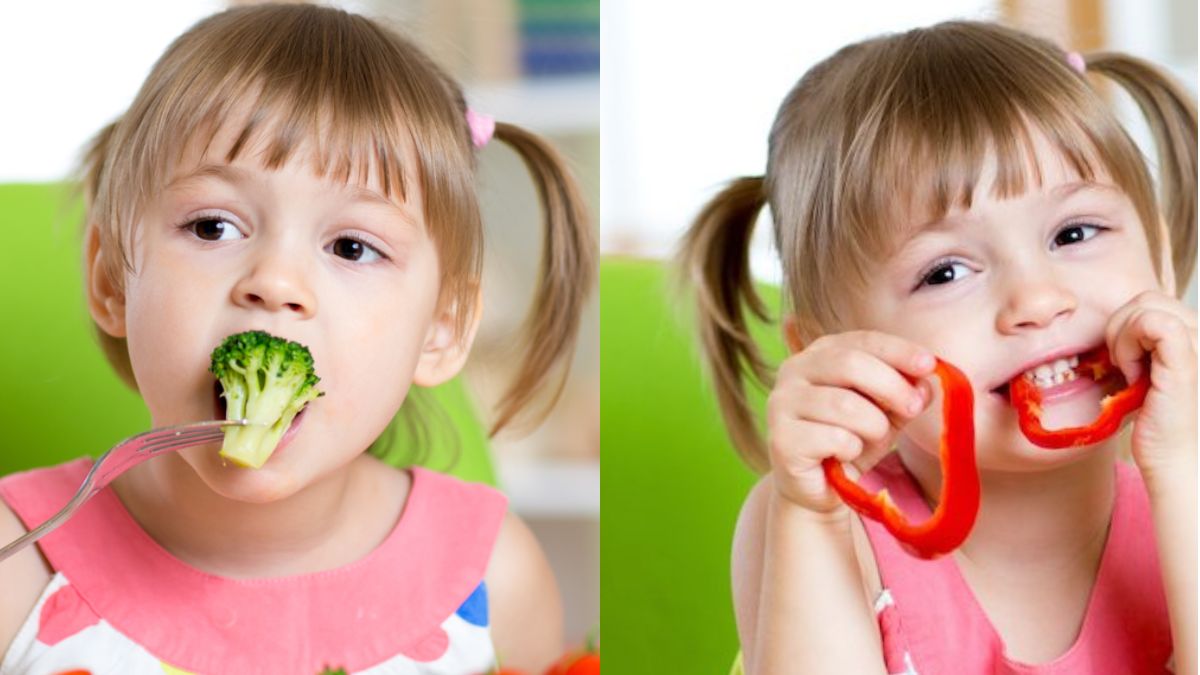
Children go through ongoing phases of growth and development, requiring regular alterations in their food and lifestyles. As a parent, you are aware of the significance of feeding your child a nutritious diet, but you might be unsure of the appropriate balance of food types and amounts. It’s critical to include wholesome foods in your child’s diet to avoid nutritional gaps that could impede their optimal development and growth. Additionally, your kids may be more vulnerable to health issues including deficiencies, obesity, and diabetes as a result of these gaps.
Here’s a list of 6 healthy foods for children:
1. Quinoa
Quinoa is a nutritious cereal made from seeds that has a lot of PUFA, minerals, protein, and dietary fibre. For kids and teenagers, it’s among the healthiest options. Quinoa can be used to make gluten-free porridge or added to soups, salads, and bread. It can also be included in other healthful recipes for other meals.
2. Whole Wheat
You can experiment with whole-wheat spaghetti, pancakes, and flakes to add diversity and nutrients to your meals. Furthermore, for pizza, cake, wraps, and biscuits, whole-wheat flour can be used in place of refined flour.Additionally, a diet high in whole grains helps lower the incidence of obesity, heart disease, type 2 diabetes, and other conditions. Whole-wheat products provide adequate amounts of dietary fibre, protein, vitamins B, minerals, and phytochemicals.
3. Apples
An apple with the skin on it is a nutritious snack that will increase your child’s or teen’s intake of fibre and other nutrients. A medium-sized apple provides important phytochemicals including quercetin, as well as soluble and insoluble fibre and vitamin C. Additionally, these minerals support normal development and growth.
4. Leafy greens
Leafy greens, such kale, spinach, and collards, can be eaten raw or cooked and are a great source of nutrients and bioactive chemicals. To reap the full nutritional benefits, encourage your child to eat one to two cups of fresh, leafy green veggies each day. You can experiment with tasty recipes like pasta salad, kale chips, and mixed veggie rice to incorporate leafy greens into your child’s diet.
5. Eggs
An egg is a high-protein food that contains omega-3 fatty acids and a number of minerals. It even has 13 distinct vitamins, all of which are necessary for normal growth. Egg rolls, sandwiches, avocado salads, scrambled eggs, and egg noodles are a few nutritious egg recipes that kids and teenagers can eat on a regular basis.
6. Watermelon
Fruit that is high in water content (approximately 92%) is watermelon. Numerous nutrients, including vitamins A, C, and E, folate, potassium, magnesium, and fibre, are present in this low-sodium fruit and can help meet your child’s nutritional needs. Watermelon slices, smoothies, or juice can be given to your child in between meals. As an alternative, you may incorporate watermelon into your child’s well-balanced diet by using it to produce tasty treats like popsicles or flavoured yoghurt.
